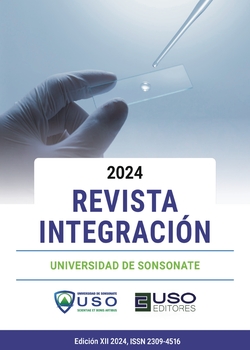Training plan on voice care and management for speech-language pathology teachers
Keywords:
Voice, Teaching, Care, Voice disorders, EducationAbstract
The anatomy and physiology of the human voice
reveal an intricate symphony of structures and
processes that enable the production and modulation
of sounds essential for communication. At the center
of this phenomenon are the vocal cords, two muscular
structures located in the larynx, which vibrate as air
passes through them, generating the foundation of the
voice. The larynx, in turn, is a complex composition
of cartilages, muscles, and connective tissues
that functions as the “voice box.” Air, essential for
phonation, flows from the lungs through the trachea
and is regulated by the coordinated contraction and
relaxation of the laryngeal muscles. Resonance and
modulation of sound occur in the mouth and nasal
cavity, while the tongue and lips contribute to the
articulation and formation of words. This process,
orchestrated by neural innervation, is vital for human
communication. The anatomy and physiology of the
voice thus reveal a marvelous complexity, where each
component plays a crucial role in the human capacity
to express and connect with others through speech
(Sataloff, 1992).






